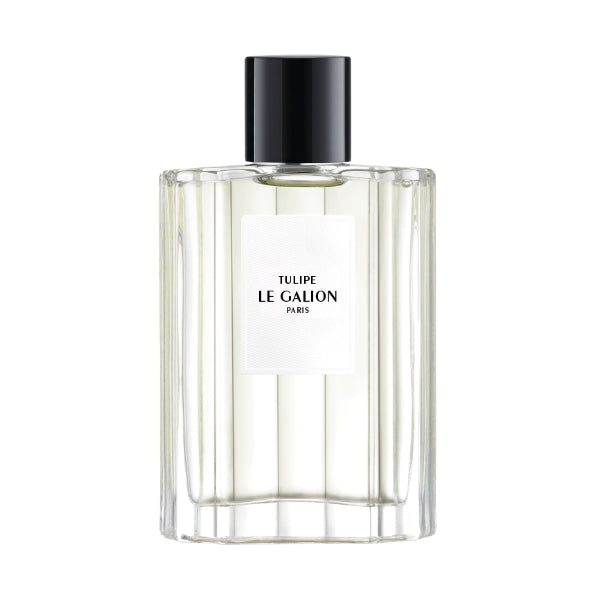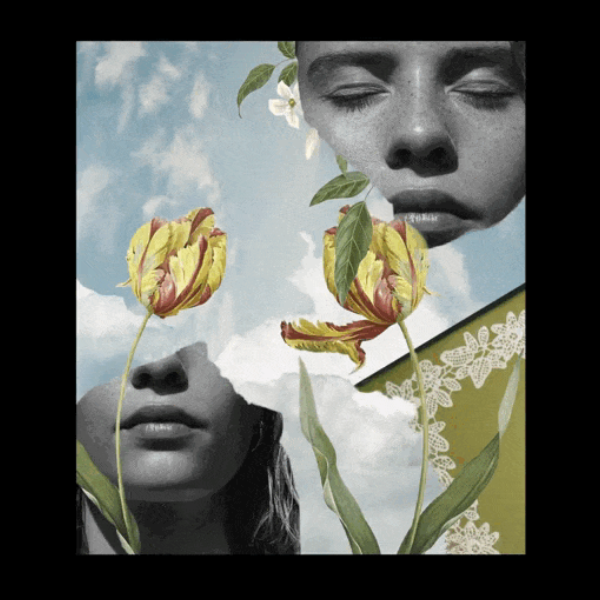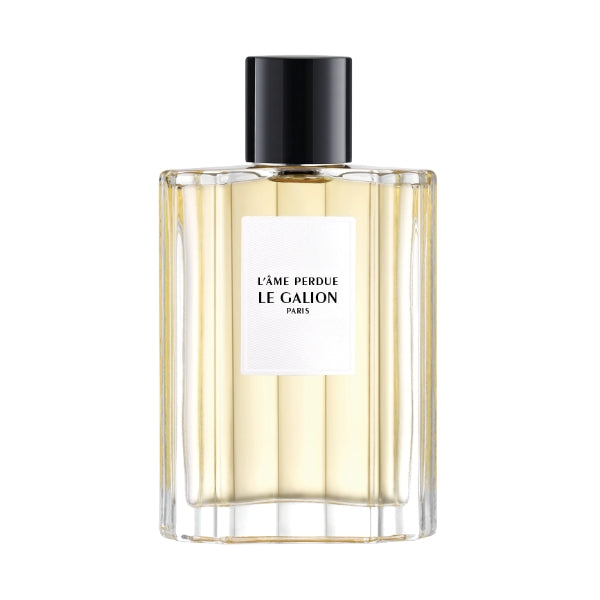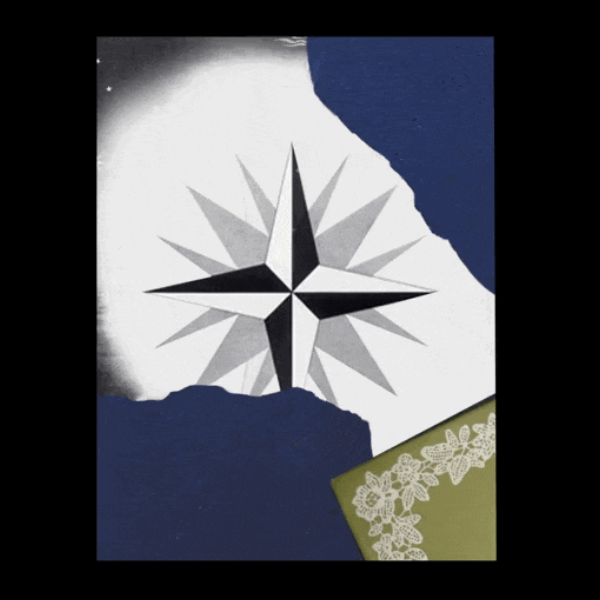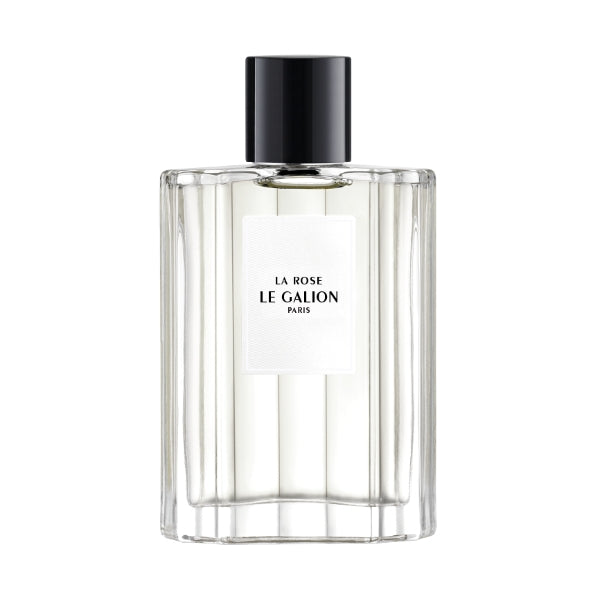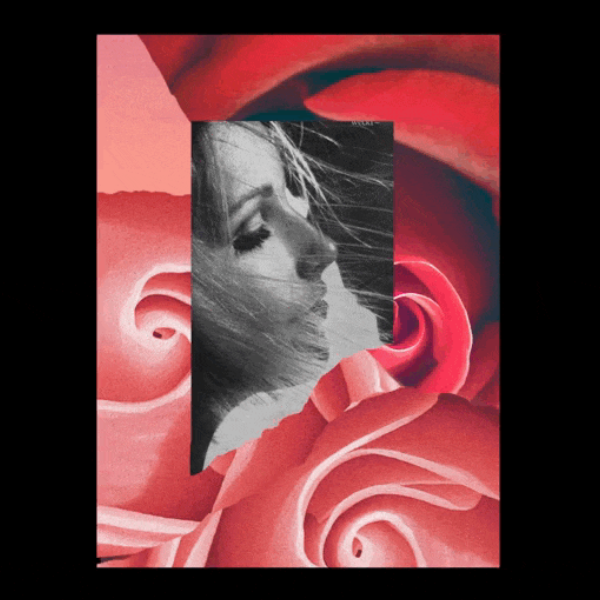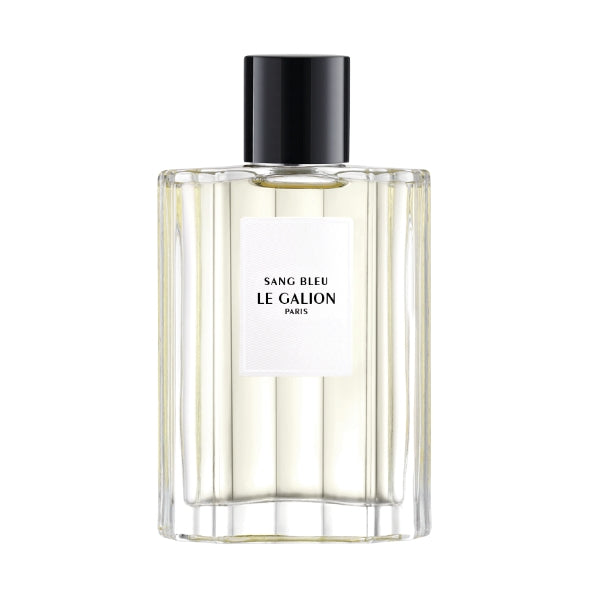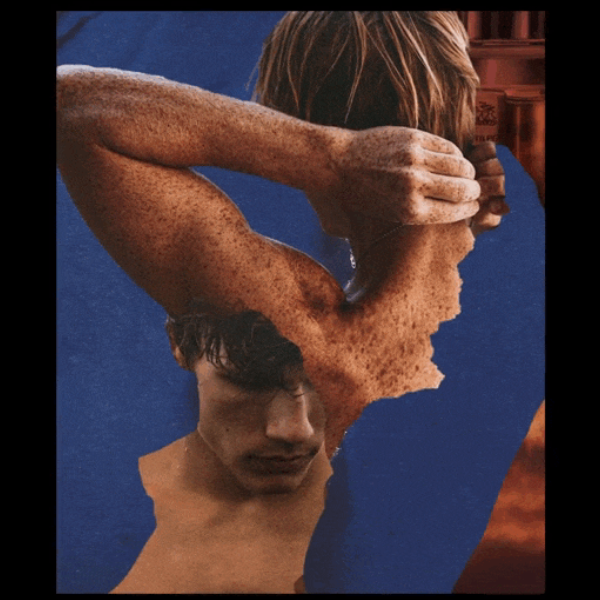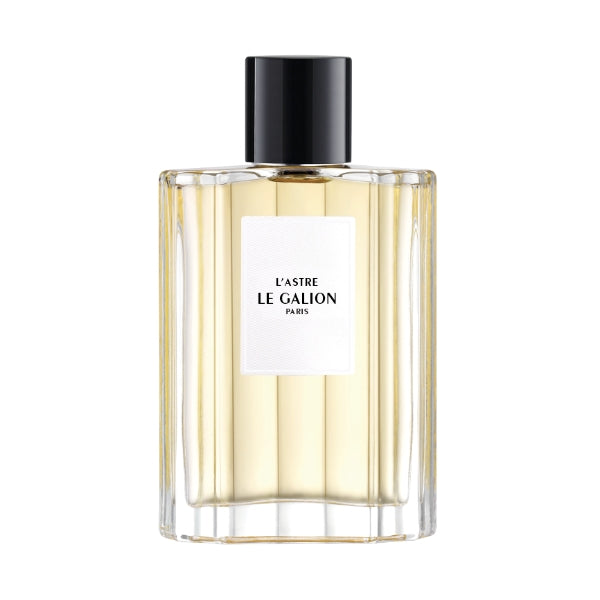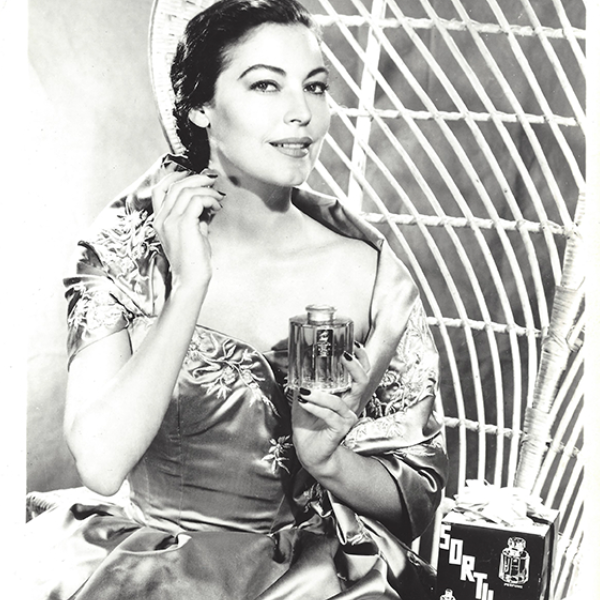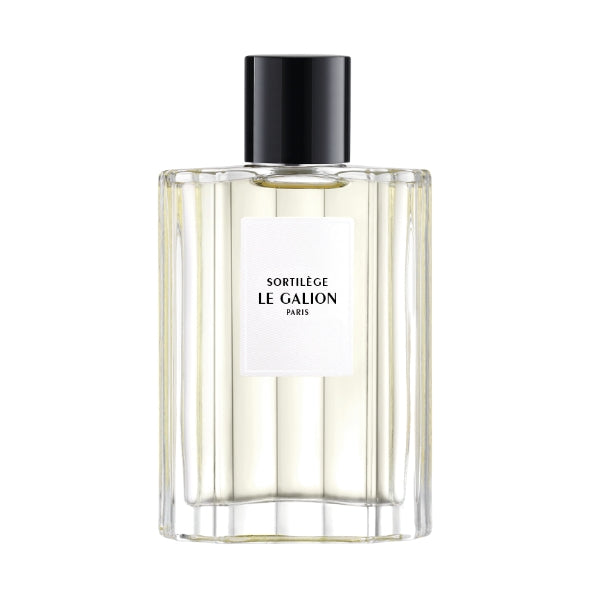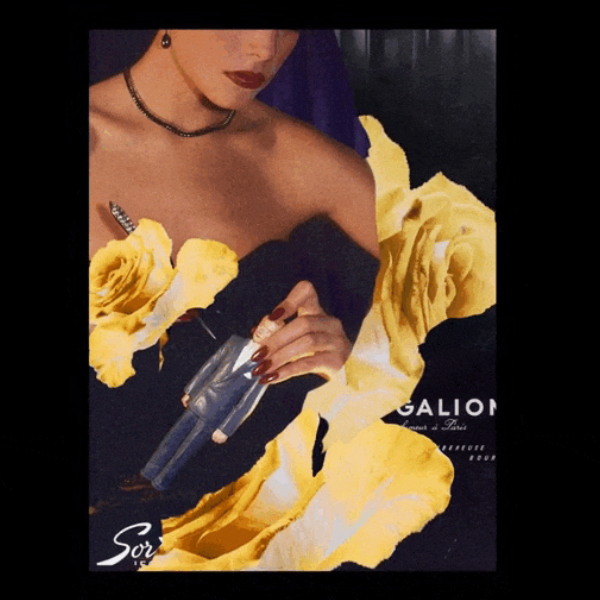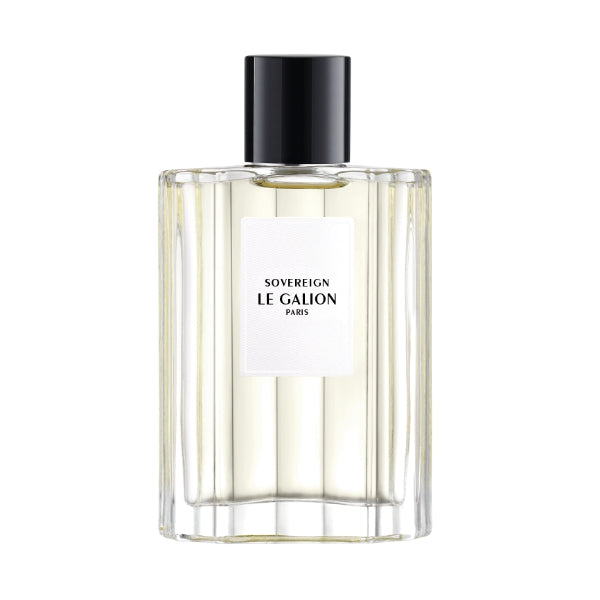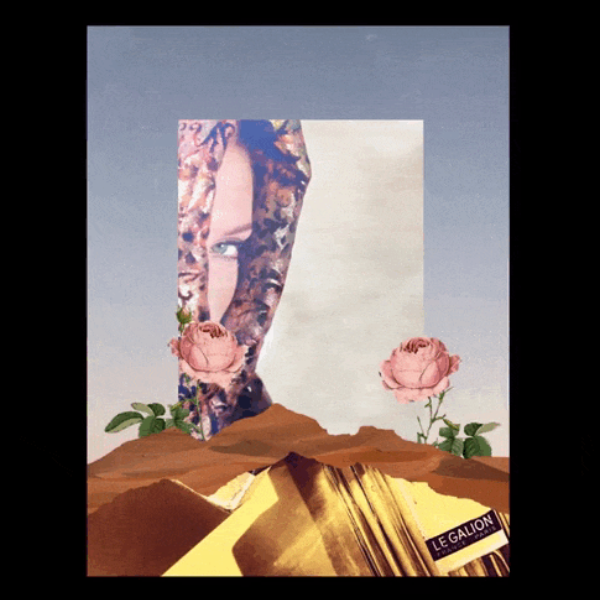More about Le Galion
The name of this wonderful brand was inspired by the majestic sailing galleons with their huge square sterns, embodying the idea of freedom and new beginnings. The fantastic fragrances we have always associated with this brand remain in our memory: ‘Sortilège’, ‘Brumes’, ‘Snob’ ... But the once glorious perfume house Le Galion faded from our memory and eventually became a thing of the past.
The talented perfumer Paul Vacher became the owner of Le Galion in 1935 after acquiring the perfume house from its founder, Prince Murat. After creating many fragrances for renowned houses such as Lanvin, for whom he created ‘Arpège’, ‘Rumeur’ and ‘Scandal’ with Andre Fraysse, he felt the time was right to strike out on his own. In 1936, his fragrance ‘Sortilège’ was a huge success and remains a jewel of the house to this day. Towards the end of the 1930s, ‘Bourrasque’, ‘Brumes’ and the beautiful floral fragrances ‘Iris’ and ‘Tubéreuse’ followed. All his fragrances were made from the finest natural raw materials. After the liberation of France in 1944, Paul Vacher continued his work and created fragrances such as ‘Special for Gentlemen’ (1947), ‘Frac’ (1949), ‘Lily of the Valley’ and ‘La Rose’ (both 1950), the extremely famous and renowned ‘Snob’ (1952) and ‘Whip’ (1953). From then on, Paul Vacher was a highly regarded perfumer; many considered him a master perfumer alongside Ernest Beaux, Ernest Daltroff, Jacques Guerlain and Edmond Roudnitska. When Serge Heftler-Louiche and Christian Dior wanted to develop a fragrance for their fashion house in 1946, they naturally turned to Paul Vacher. He created a beautiful fragrance, which he simply called ‘Miss Dior’. In the early 1960s, Christian Dior Parfums turned to Paul Vacher again, and this time he created ‘Diorling’ (1963). The perfume house Le Galion was now internationally renowned, and in 1964, ‘Sortilège’ was sold in 97 countries worldwide. Paul Vacher went on to create fragrances for his own perfume house – ‘Cologne Extra-Vieille’ (1967), ‘Galion d'Or’ and ‘Vétyver’ (both 1968) and ‘Eau Noble’ (1972).

